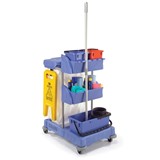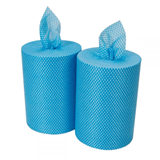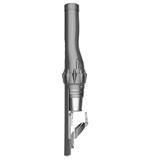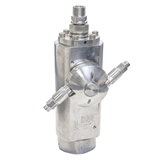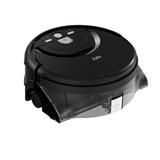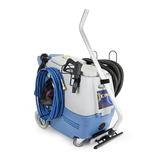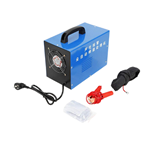When using CIP, workers don't need to enter tanks and other large containers to scrub surfaces. This removes the potential for human error or injury in the cleaning process.
Essentially, CIP removes food solids and bacteria from containers and supply lines in a six-step, automated process. There are variations, but a standard system pumps a series of solutions from reservoir tanks into food processing equipment. Spray jets are used so all surfaces can be sanitised without completely flooding tanks.
Standard CIP process
The process varies based on the type of equipment being cleaned and the food soils involved. These standard steps are crucial to ensure hygiene standards are met.
Pre Wash
Warm water is used to remove loose food and pre-heat surfaces and pipes.
Chemical Wash
The cleaning duration, water temperature, spray force, and chemical concentration vary based on what is being sanitised, but a chemical solution (normally alkaline based) is used to clean tanks and equipment.
Rinse
This step removes residual chemical solutions and food soils. The water could be cold or hot, depending on the temperature of the chemical wash.
Acid rinse
Assuming an alkaline chemical solution was used in Step 2, an acid rinse will neutralise any potential remaining residue. This step is advised, but not always required.
Sterilising rinse
All surface areas and pipes should be rinsed with a sanitising agent.
Recycle
The liquid used in the sterilising rinse should be returned to a holding tank to be used for the pre-wash during the next cleaning cycle.
Conductivity meters are an important part of the CIP process. They are critical in product monitoring and quality assurance.
The meters ensure the liquid solutions have the proper chemical concentration before they clean equipment. They also detect the type of solutions being pumped out of containers for proper disposal or re-use.
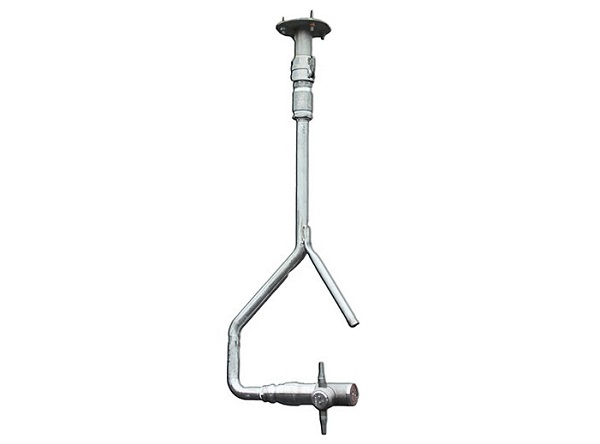 |
| This "Sidewinder" cleans hard-to-reach bulkheads in cargo tanks. |
Chemical concentration
Typically an alkaline cleanser (sodium hydroxide – NaOH) is used in CIP, but phosphoric acid is also an option for certain applications. Conductivity meters are used to monitor the dilution process as the chemicals are transferred from a holding tank and mixed with water.
The meters recognise when the proper concentration is met (normally from 1-5 per cent) and halt the flow of chemicals from the holding tank. They also work in conjunction with a heat exchanger (the chemical solution is usually heated to 85°C) to ensure the solution reaches the proper temperature prior to being released.
Solution detection
The liquids that remain in the tanks are flushed from the system by the pre-wash, followed by the liquids in the remaining five steps. Each has a different conductivity value.
Meters are able to detect each solution and trigger automatic valves that divert the solution to holding tanks or drains. The pipes need to be smooth for this process, though.
Crevices, such as threading in pipes, can trap some of the solution from a prior step. While minimal, it is enough to hamper efficient functionality. Sanitary fittings, such as Din, Tri-clamp, IDF, and RJT, are critical to ensure hygiene standards are met.
Recent advances in CIP technology are producing even better results. For example, contact-based conductivity meters are being replaced by inductive meters. The electrodes in contact meters can become coated with food or chemicals, resulting in electrode blinding.
The electrode-less meters induce a current into the solution, creating a more proficient process.
With the steps above, CIP is a safe, effective process that ensures stringent hygiene standards are met.
Source cleaning equipment and supplies
Find waste reduction and environmetal management solutions



